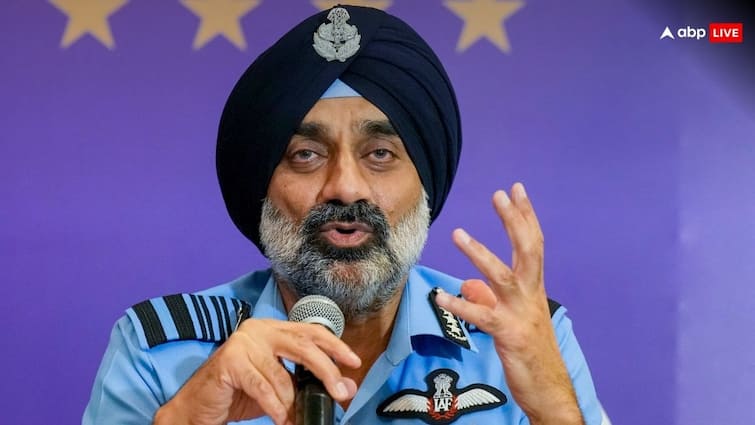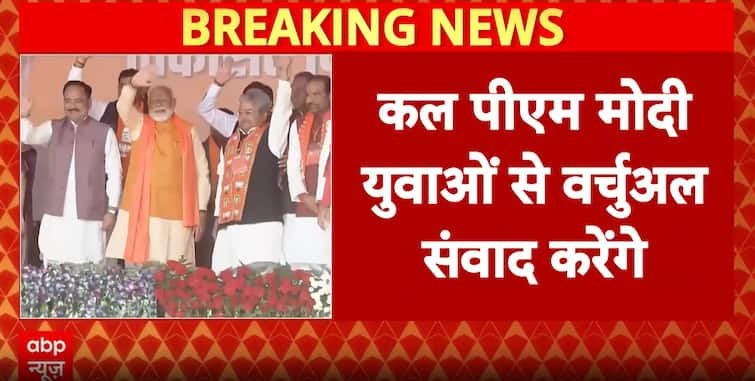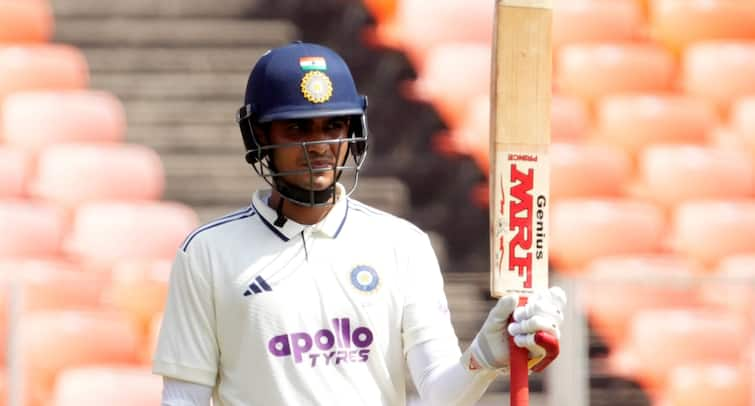Indian Air Force (IAF) Chief Air Chief Marshal Amar Preet Singh on Thursday described Operation Sindoor as the most significant military operation of the year, highlighting India’s advanced air defence capabilities and seamless joint-service coordination.
Speaking at the annual Air Force Day press conference ahead of the October 8 parade at Hindon Air Base, Singh said, “The longest kill we achieved was of more than 300 km inside their territory. Our robust air defence infrastructure turned the tables.” He emphasized that long-range surface-to-air missiles (SAMs) were a decisive factor in the operation.
Singh credited the Army, Navy, and Air Force for their coordinated effort, stating, “We proved to be achook (unerring), abhedya (impenetrable), and sateek (precise) in Operation Sindoor.”
Responding to the Pahalgam Incident
Reflecting on the events that triggered the operation, Singh said, “In the aftermath of what happened in Pahalgam… we all know. We took a decision that we have to make them pay a price for whatever they are doing, to avenge the killing of innocents. Clear directive, clear mandate was given to the armed forces and the Indian Air Force was the prime stakeholder in that. It will go down in history that this is one war that was started with a very clear objective, and it was terminated in a quick time without prolonging it. We are seeing what is happening in the world.
VIDEO | Delhi: Addressing a press conference as part of 93rd anniversary of the Indian Air Force, Air Chief Marshal Amar Preet Singh, says, “In the aftermath of what happened in Pahalgam… we all know. We took a decision that we have to make them pay a price for whatever they… pic.twitter.com/4dBGC92Gtx
— Press Trust of India (@PTI_News) October 3, 2025
We could make them reach a stage where they asked for ceasefire, asked for termination of hostilities. Also, we took a call as a nation to terminate those hostilities because our own objectives were met. This is something that the world needs to learn from us.”
When asked about the losses suffered by Pakistan, Singh detailed, “As far as Pakistan’s losses are concerned… we have struck a large number of their airfields and we struck a large number of installations. Because of these strikes, radars at least four places, command and control centres at two places, runways, of course, damaged at two places, then three of their hangars in three different stations have been damaged. We have signs of one C-130 class of aircraft and at least 4 to 5 fighter aircraft, most likely F-16, because that place happened to be F-16 with whatever was under maintenance at that time. Along with that, one SAM system has been destroyed. As far as the air defence part is concerned, we have clear evidence of one long-range strike, which I talked about more than 300 km, which happened to be either an AEW&C or a SIGINT aircraft, along with five high-tech fighters between F-16 and JF-17 class. This is what our system tells us.”
When asked about Pakistan’s losses during Operation Sindoor, Singh provided detailed insights. According to him, the IAF strikes targeted multiple installations, including:
- Airfields: Multiple runways damaged at two locations
- Command & control centers: Hit at two sites
- Hangars: Three damaged across separate stations
- Radar installations: Four affected
- Aircraft: Signs of one C-130 transport plane and 4–5 fighter jets, likely F-16s
- SAM system: Destroyed at one location
Singh also noted that all three services are now collaborating on the Sudarshan Chakra air defence system, reflecting India’s ongoing efforts to enhance aerial security. He explained that the recently procured long-range SAMs allowed the IAF to penetrate deep into hostile territory, effectively curtailing enemy operations and securing India’s airspace.
#WATCH | Delhi: Responding to ANI’s question on the losses suffered by Pakistan during Operation Sindoor, Indian Air Force Chief Air Chief Marshal AP Singh says, “…As far as Pakistan’s losses are concerned…we have struck a large number of their airfields and we struck a large… pic.twitter.com/qhf7yl27LO
— ANI (@ANI) October 3, 2025
Advancing Air Defence
Singh further elaborated, “Our long-range SAMs that we had procured recently and operationalised… We could look deep inside their territory. We could make sure that they were not able to operate even within their territory up to a certain distance. It will go down in history that the longest kill that we achieved of more than 300 kilometres by that. And it seriously curtailed their activities.”
Singh noted that all three services are now collaborating on the Sudarshan Chakra air defence system, reflecting India’s ongoing commitment to strengthening aerial security. “Our recently procured long-range SAMs allowed us to penetrate deep into hostile territory, effectively limiting enemy operations,” he said.
Highlighting ongoing developments, Singh said, “All three services have started working on the Sudarshan Chakra air defence system,” signaling India’s commitment to strengthening aerial security.
Reflecting on the operation’s execution, he reiterated, “A clear directive, clear mandate was given to the Indian Armed Forces. It stands as a lesson which will go down in history that this is one war that was started with a very clear objective and it was terminated in a quick time without just prolonging it. We are seeing what is happening in the world, the two wars that are going on, there’s no talk about termination. But we could make them reach a stage where they ask for a ceasefire, ask for termination of hostilities. And also, we took a call as a nation to terminate those hostilities because our own objectives were met. I think this is something that the world needs to learn from us.”
A Model for the World
Reflecting on the operation’s swift execution, Singh said, “Operation Sindoor was driven by a clear mandate, concluded quickly, and achieved all strategic objectives. The world can learn from our approach, decisive, measured, and effective.”
Along with that, one SAM system has been destroyed. As far as the air defence part is concerned, we have clear evidence of one long-range strike, which I talked about more than 300 km, which happened to be either an AEW&C or a SIGINT aircraft, along with five high-tech fighters between F-16 and JF-17 class. This is what our system tells us.”



